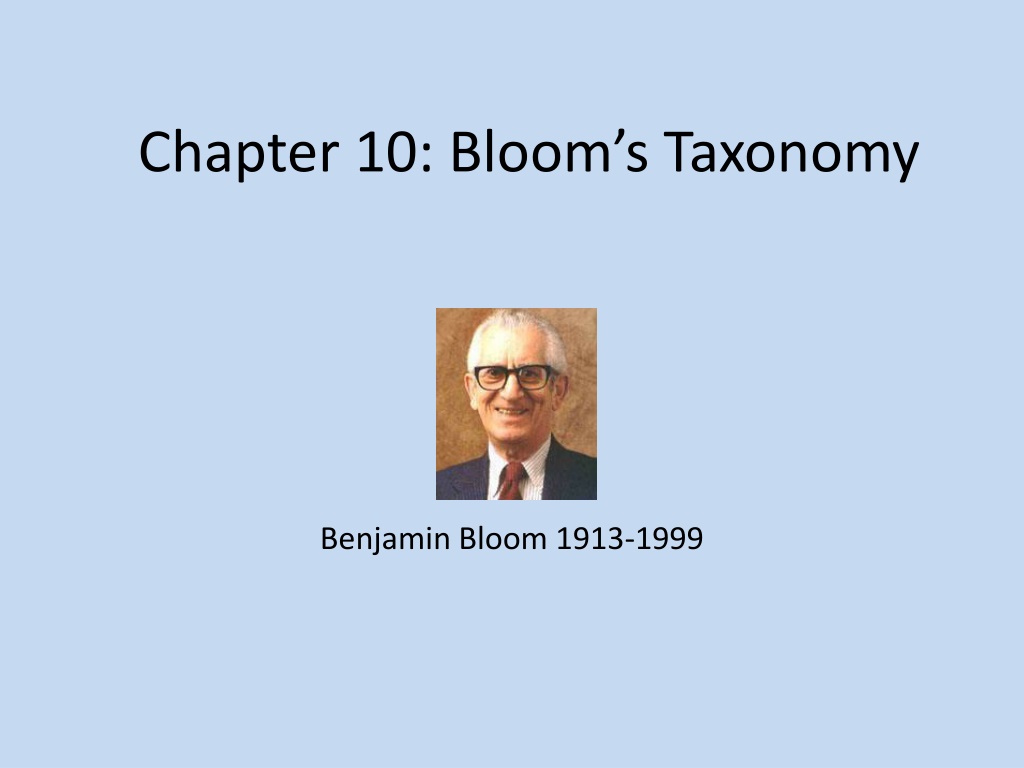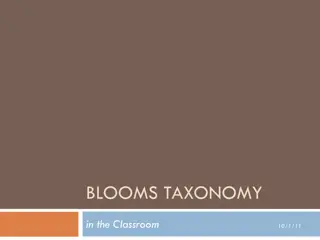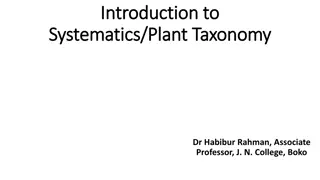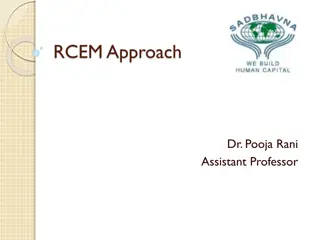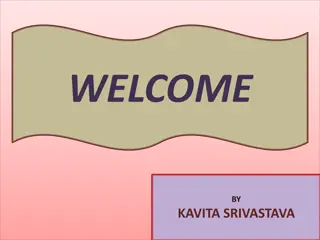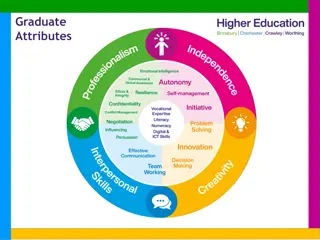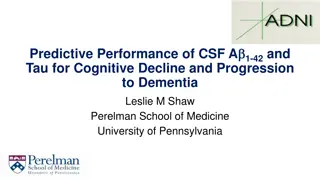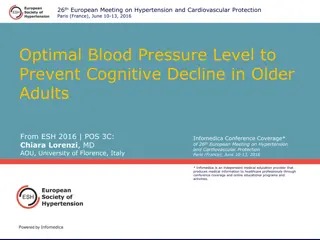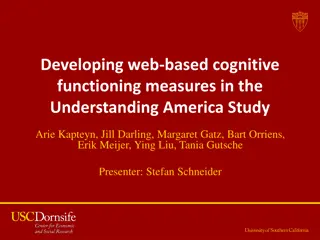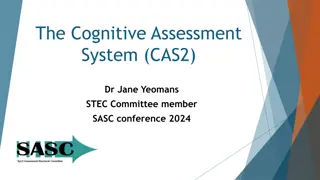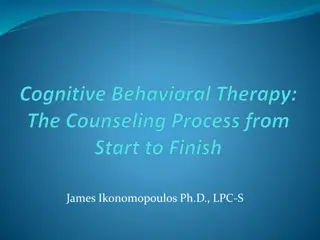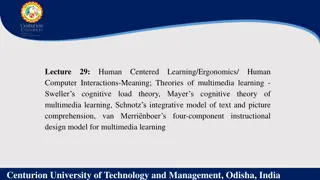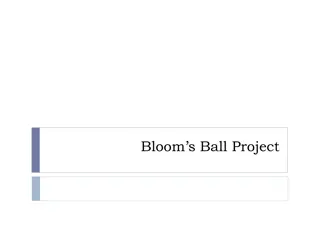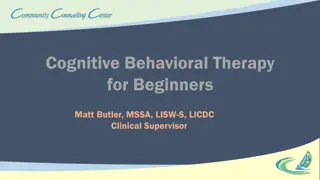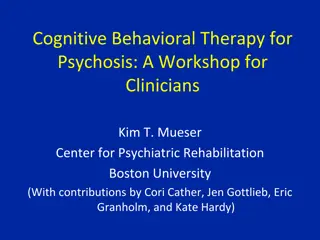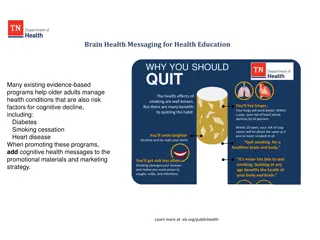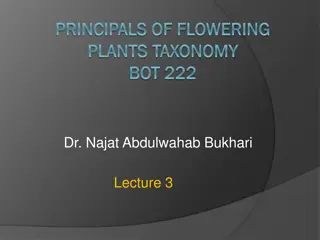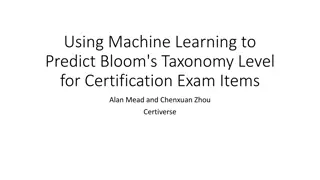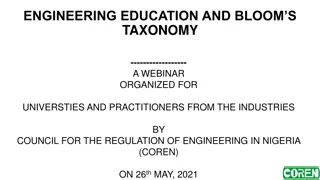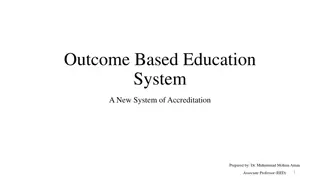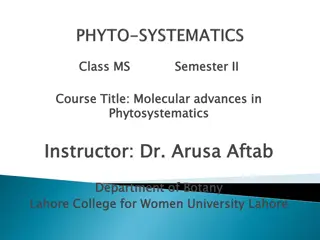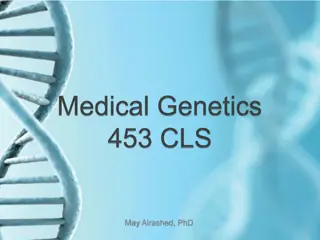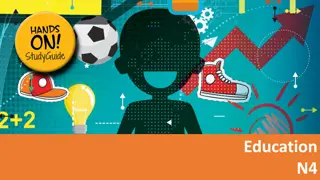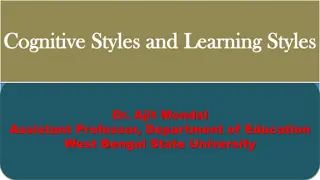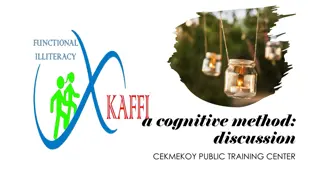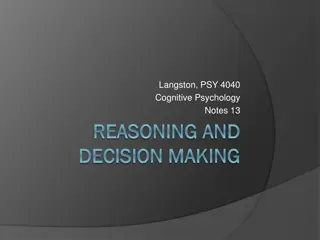Understanding Bloom's Taxonomy: A Guide to Cognitive Levels
Blooms Taxonomy, developed by Benjamin Bloom, categorizes thinking into six cognitive levels, from remembering to creating. The original taxonomy includes knowledge, comprehension, and application as lower levels, and analysis, synthesis, and evaluation as higher levels. In the revised version, the categories were changed to verb forms. Understanding and applying the taxonomy can enhance teaching methods and student learning outcomes.
Uploaded on Sep 20, 2024 | 0 Views
Download Presentation

Please find below an Image/Link to download the presentation.
The content on the website is provided AS IS for your information and personal use only. It may not be sold, licensed, or shared on other websites without obtaining consent from the author. Download presentation by click this link. If you encounter any issues during the download, it is possible that the publisher has removed the file from their server.
E N D
Presentation Transcript
Chapter 10: Blooms Taxonomy Benjamin Bloom 1913-1999
Bloom's Taxonomy is a multi-tiered model of classifying thinking according to six cognitive levels of complexity. It is often depicted as a stairway, leading teachers to encourage their students to climb to a higher level of thought.
Original Bloom Taxonomy The lowest three levels were: knowledge, comprehension, and application. The highest three levels were: analysis, synthesis, and evaluation. The taxonomy was and is hierarchical so each level is subsumed by the higher levels. For example, a student functioning at the application level has also mastered the material at the knowledge and comprehension levels.
Revised Bloom Taxonomy http://epltt.coe.uga.edu/images/1/1e/Bloom_1.jpg In the revised version, Bloom's six major categories were changed from noun to verb forms. Additionally, the lowest level of the original, knowledge, was renamed and became remembering.
Levels of Blooms Taxonomy from Bottom to Top Remembering: Retrieving, recognizing, and recalling relevant knowledge from long-term memory. Understanding: Constructing meaning from oral, written, and graphic messages through interpreting, exemplifying, classifying, summarizing, inferring, comparing, and explaining. Applying: Carrying out or using a procedure through executing, or implementing.
Levels of Blooms Taxonomy Continued . Analyzing: Breaking material into constituent parts, determining how the parts relate to one another and to an overall structure or purpose through differentiating, organizing, and attributing. Evaluating: Making judgments based on criteria and standards through checking and critiquing. Creating: Putting elements together to form a coherent or functional whole; reorganizing elements into a new pattern or structure through generating, planning, or producing.
Reasons for Using Blooms Taxonomy It provides educators with a systematic classification of the processes of thinking and learning. Measuring student learning requires a classification of levels of intellectual behavior important in learning. It provides a clear, concise visual representation of the alignment between standards and educational goals, objectives, products, and activities.
Example of How Blooms Taxonomy Could Be Used in the Classroom A lesson objective based upon the story of Goldilocks and the Three Bears.
Using Blooms Taxonomy to Teach the Story of Goldilocks Remember: Describe where Goldilocks lived. Understand: Summarize what the Goldilocks story was about. Apply: Construct a theory as to why Goldilocks went into the house. Analyze: Differentiate between how Goldilocks reacted and how you would react in each story event. Evaluate: Assess whether or not you think this really happened to Goldilocks. Create: Compose a song, skit, poem, or rap to convey the Goldilocks story in a new form.
Reference Forehand, M. (2005). Bloom's taxonomy: Original and revised. In M. Orey (Ed.), Emerging perspectives on learning, teaching, and technology. Retrieved from http://epltt.coe.uga.edu/
